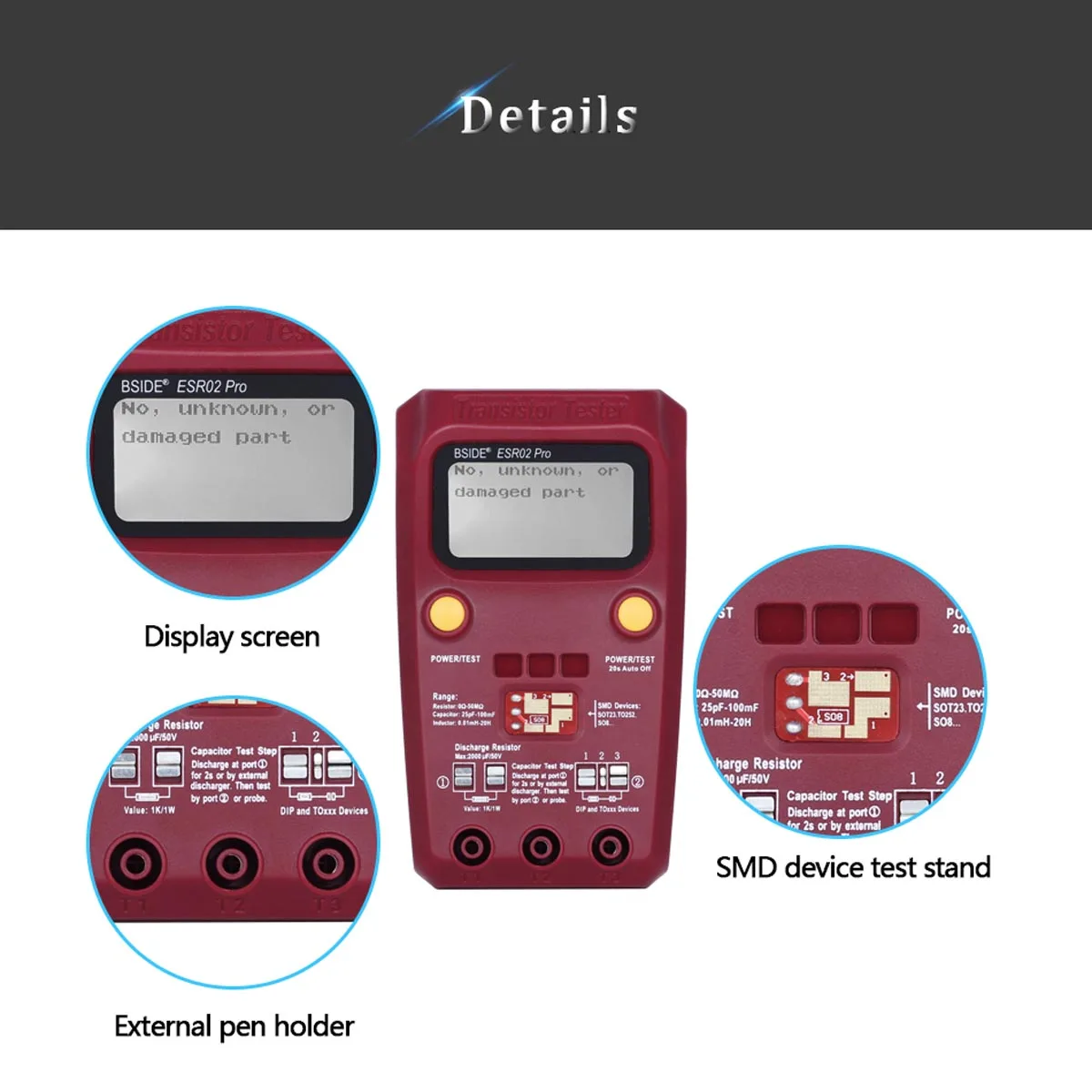
Case for iPad Pro 10.5 ESR Simplicity Oxford Cloth PU Leather Smart Cover Folio Stand Casual Style Case for iPad Pro 10.5 inch. 30 SMART TRICKS TO OPEN ANYTHING AROUND YOU - Duration: 9:42. Case for iPad Pro 10.5 inches ESR Yippee Color PU Leather Transparent PC Back Ultra Slim Light Weight Trifold Smart Cover Case. 30 SMART TRICKS TO OPEN ANYTHING AROUND YOU - Duration: 9:42.
Recent findings The most interesting markers described recently include a gene expression signature in CD8+ T cells that predicts tendency to relapse or remain relapse-free in ANCA-associated vasculitis, and a pair of urinary proteins that are elevated in Kawasaki disease but not other febrile illnesses. Both of these studies used “omics” technologies to generate and then test hypotheses. More conventional hypothesis-based studies have indicated that the following circulating proteins have potential to improve upon clinically available tests: pentraxin-3 in giant cell arteritis and Takayasu’s arteritis; von Willebrand factor antigen in childhood central nervous system vasculitis; eotaxin-3 and other markers related to eosinophils or Th2 immune responses in eosinophilic granulomatosis with polyangiitis (Churg-Strauss syndrome); and MMP-3, TIMP-1, and CXCL13 in ANCA-associated vasculitis. Introduction Even though the vasculitides are rare diseases, making the diagnosis is usually the easiest part of caring for the patient. Within each form of vasculitis, there is great diversity in the severity of disease and the extent of organ-system involvement, both at diagnosis and later. In most vasculitides, some patients will have monophasic illnesses whereas others will have relapses, either frequently or infrequently.
Permanent damage from previous episodes of vasculitis can produce symptoms that are difficult to distinguish from symptoms of active vasculitis. El sida es curable isaac goiz pdf merger 2016. Finally, patients on immune-suppressive drugs are at risk for both conventional and opportunistic infections, symptoms of which can also be diificult to distinguish from vasculitis.
Biopsies have imperfect sensitivity due to sampling error and often have inconclusive findings, and repeated biopsies of multiple tissues are not feasible, so less invasive techniques are needed for diagnosis, staging (determining what organs are affected), and assessment of current disease activity. Non-invasive tests to provide short- and long-term prognostic information would also be useful. Unfortunately, the laboratory, imaging, and other tests in common use have limited ability to help the clinician solve these problems. Better tests are needed, with the goals of making care better, safer, and/or less expensive. The US National Cancer Institute Dictionary defines a biomarker as “a biological molecule found in blood, other body fluids, or tissues that is a sign of a normal or abnormal process, or of a condition or disease.” Although biomarkers can be sought in biopsy specimens in order to provide prognostic information, I will confine my review of vasculitis-related biomarkers to molecules that can be measured in body fluids, since these represent the bulk of recent research and are the most likely to be developed into clinical tests. However, it is worth noting that such new tests are likely to involve measurement of multiple molecules interpreted via complex equations into summary scores for estimating their predictive value, rather than the quantity of a single protein or metabolite as the clinician is accustomed to seeing.
Biomarker performance is assessed using sensitivity and specificity. These two values are often used to do three additional calculations. Receiver operating characteristic (ROC) curves are made by plotting sensitivity on the Y-axis and (1 – specificity) on the X - axis, and the area under that curve (AUC) is a summary of overall marker performance, with a value of 1 representing perfect performance and a value of 0.5 indicating no difference from random chance. The positive likelihood ratio [LR+ = sensitivity / (1 – specificity)] and the negative likelihood ratio [LR- = (1 – sensitivity) / specificity] can be used to determine how a test result would change the odds of one condition versus another.
A positive LR of > 8 or a negative LR of. Biomarker Class Details of Biomarker Goals Advantages Disadvantages Diagnosis Vs. Healthy controls Feasible, easy to study, accurate gold standard Limited clinical relevance Vs.